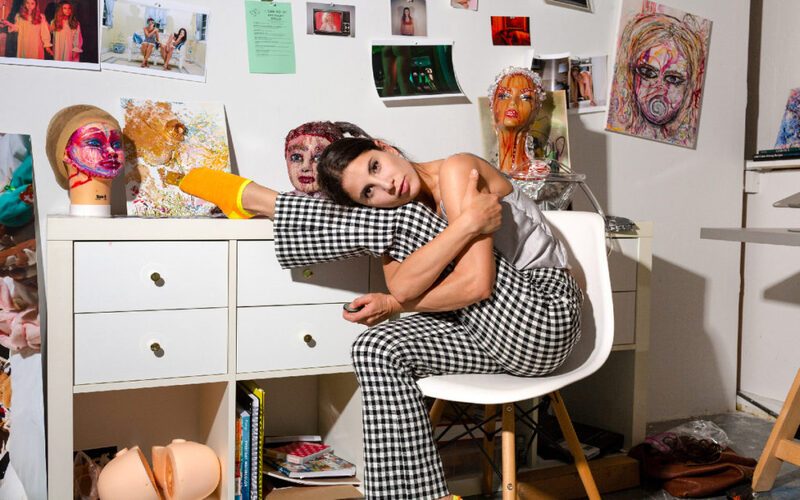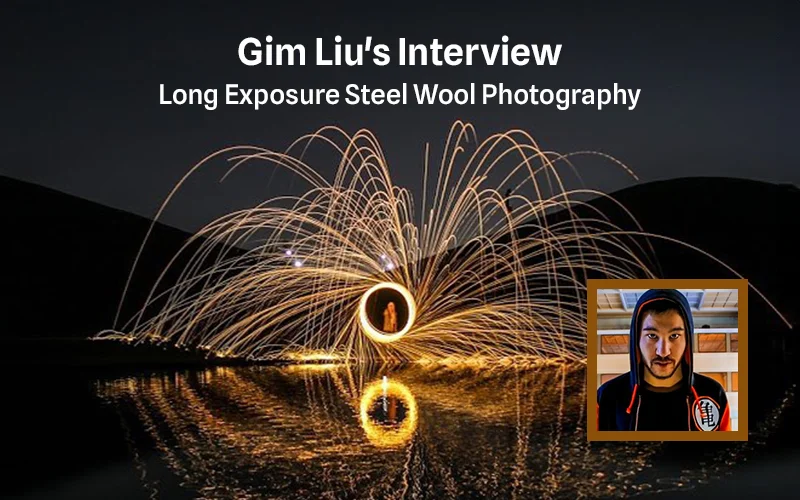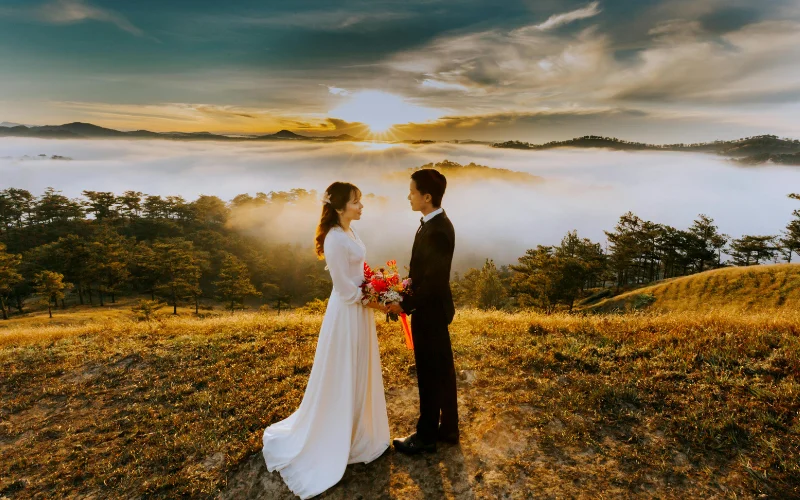
In a short piece written for Photo Booth, The New Yorker’s photography blog, Hilton Als, author of White Girls and the magazine’s theatre critic, introduced the work of a few students he taught in 2014 at Yale’s Graduate School of Art. “I learned something exciting,” he wrote then. “Just as literature is opening up to cross many genres in a single work, photography is opening up to incorporate many genres and ideas.” The students’ work had left behind a desire to capture any single truth and instead described a world where “there were many stories to be told, sometimes all at once. The point was to tell them as specifically as possible.”
Isabel Magowan was one of the portrait photography artists featured in Als’s article. Wary and circumspect, Magowan is highly self-conscious while making a portrait. She’s aware that a camera may cause discomfort, even alarm. “I feel uncomfortable because I am unsure about what I am seeing,” she noted. “Ambiguity and contradiction speak to me because they are inherently uncomfortable, and this discomfort is what I find myself wanting to explore.” Here, Magowan talks about her approach to making portraits and about her thoughts of photography in general.
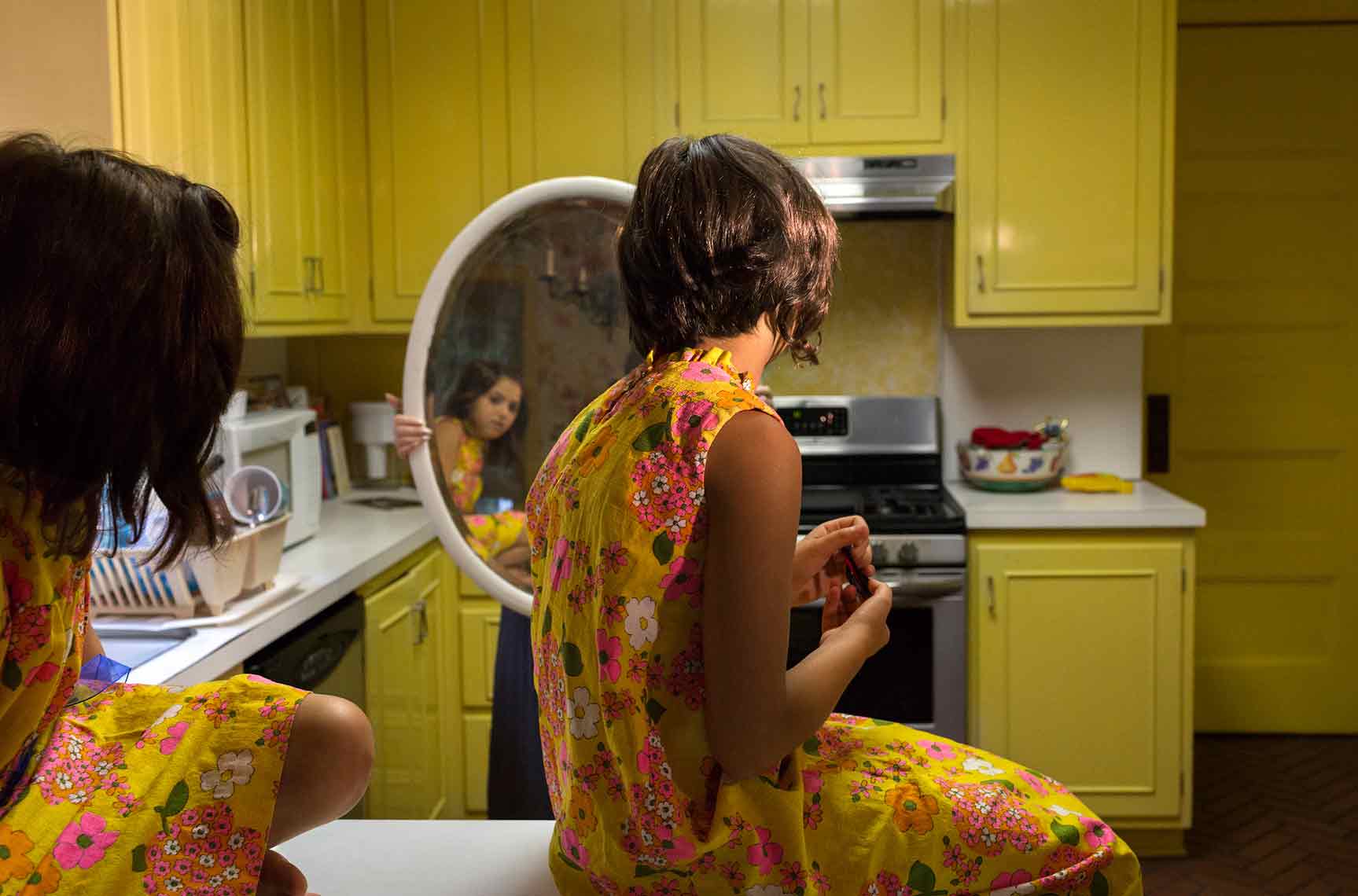
Do photographers capture a moment of the world or create one? Is a photo something that they’ve read from reality or something that they’ve written in? Something else? What do you think?
This is the sort of question that makes my head spin. It’s a question that has multiple answers and multiple contradictions. Certainly, the answer varies. Content, process, approach, technique, and intention all inform how one answers this question. In some ways this question feels like a trap; the images we create are moments that we have captured and made still, and by the very nature of framing the world and capturing a moment, one could argue they created that moment into photographic existence. The act of creating and then recording that creation then feels like an act of documentation. So, while perhaps not stumbled upon organically, what was created or developed and somehow photographed is ultimately something that existed in front of the camera; therefore, it was a moment that was created and then captured. It’s funny. Sometimes people say my images look very staged. Other times, I have people say that they look like normal snapshots, just with something off. These mixed readings suggest that capturing and creating go hand in hand. That being said, straight documentary work is captured, of course, and the image is a representation of the real world, a flattening of reality into an artifact that’s a slice of the thing. It’s the visual essence of that moment as you framed it. So, yes, it’s created through the act of capturing it. But a moment cannot be captured in its entirety because a picture is limited to its frame, its perspective, its composition. Can a picture adequately recall a feeling of air on skin, eyelashes twisting together, a feeling of discomfort, the sense of time in three dimensional space? A picture can only talk about a moment and show aspects of it. I tend to think that I am capturing something when I work; mainly because all of it feels very much up to chance, despite my arranging of people into place and having them wear this or that. They are in the world being part of something we together are creating. Sorry for this rambling answer. These sorts of questions make my brain fuzzy with contradictions when embracing the possibility that what seems true can be wrong as much as what seems wrong can be true. Existential angst … oh my!
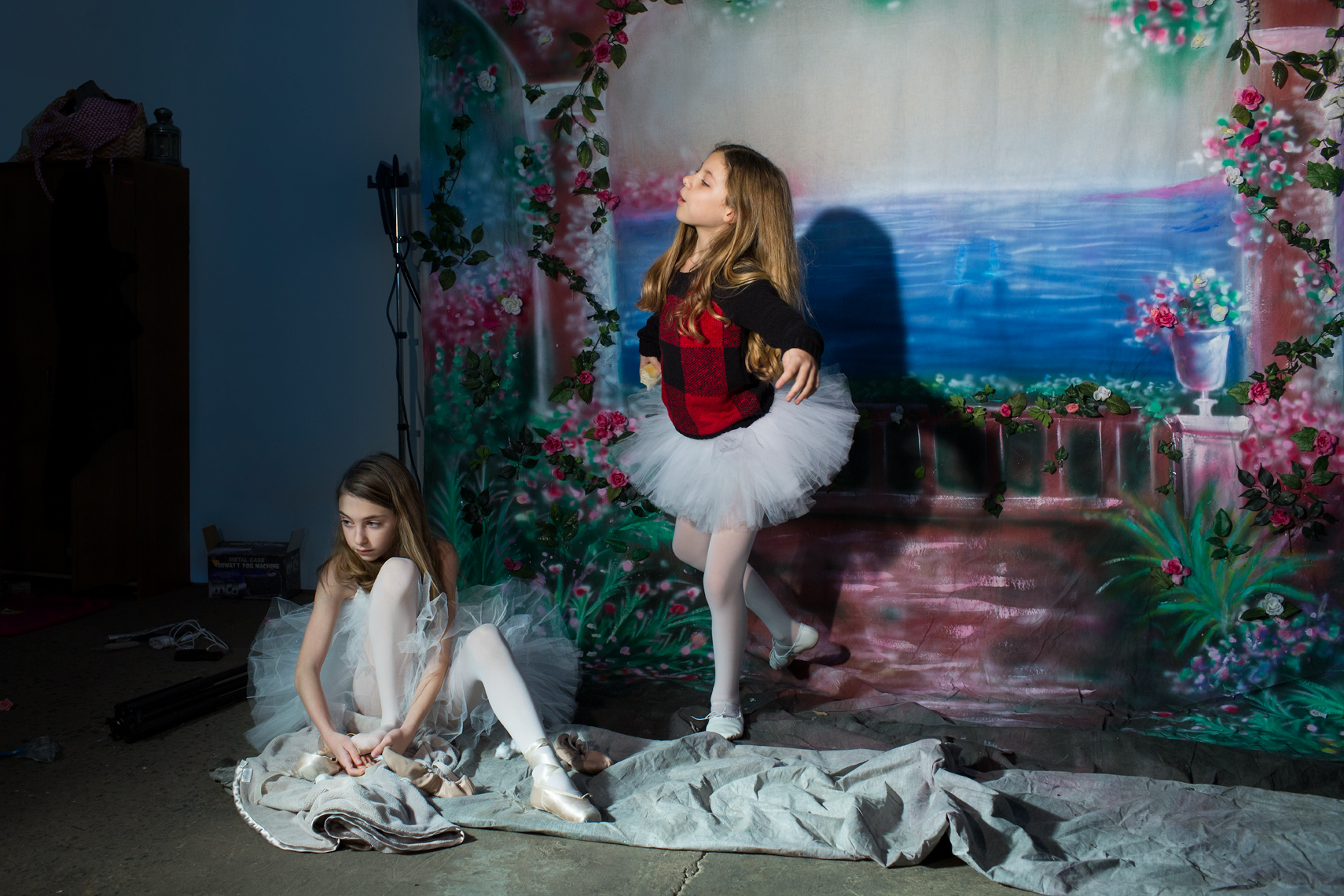
How did you get your start in photography? Were you always interested in it?
Part of my story deals with my history as a former ballet dancer. One of the main reasons I danced was so that I could perform. Ballet is tricky, at least in my experience. It is a rich art form, yet technique overshadows creativity. There are moves, and you do them properly or not. Once you do them properly it becomes about how well you do them against everybody else who can do them. The need for excellence, for mastery, for skill, creates the need to do the things “right.” Artistry or creative interpretation cannot flourish in this competitive environment. It was very strange to think that I might have known my identity, my future career, my worth as a person from the age of eight. I am Isabel, I was born in New York, I am a dancer. It made me feel like someone. I had a reason for existence and a meaning for it, which was dance. I quit very abruptly. When I quit, I became Isabel, just a girl, from New York.
I have always been creative, but when I started college, I didn’t know what I was good at. What I enjoyed was confusing. I thought the things that I enjoyed should be the things that I’m good at or I received recognition for, an affirmative that my life was not useless. I was at a liberal arts college but wasn’t a scholar. I majored in history. I took an introductory course to drawing during my sophomore year. I had hoped somewhere inside of me there was an artist, but it became the worst grade on my transcript. My squiggled lines and shaky hands made it impossible for me to draw the “right” way. “I guess I’m not as creative as I thought after all,” I said to myself. I said it with a sincere sadness because I felt misunderstood. I felt I had something inside me to express. I was certain that there was something I wanted to express, and here I was proving my inability yet again. These are the themes that appear in my work. Expectation, the sudden awareness that you might be at odds with set standards, the need to perform a self that avoids rupturing a veneer. Anyway, I am rambling. I had a point-and-shoot camera. It was used socially. After that drawing class, I had a real fear of trying another art class, horrified I would be no good and thereby confuse myself further with evidence that I wasn’t creative. I took a photo class, anyway. I had no clue what to do with the camera at first. I took a photo of my feet against a wall. I dropped some crayons on the ground and took a photo of that. I wasn’t sure what I was “supposed” to photograph, and I didn’t understand that this tool could be used to create. Basically, I didn’t understand the photographic medium. I hadn’t express myself with it yet. Then something happened. I made a photo that had a sense of creepiness. I didn’t start with an intent to make it seem creepy, but the students looking at it began to see that. It felt like they were seeing a side of me that I had never expressed. It was so strange, so beautiful. It felt powerful. I have already written too much here, but long story short, I decided I wanted to pursue this thing, to learn what photography was about. In my remaining two semesters, I took the other two photo classes my school offered. I graduated and thought I need to figure this out. But how? I know so little. I took classes at ICP, and I just kept making work. It forced me to learn how to start searching my own opinions. I learned that there was no right way to make work. There was only a point of view to be discovered and expressed. On a final note, I want to add my experience as a child on a stage — being in front of an audience, waiting in the wings — feels highly photographic. The sets, the costumes, the lighting, the stage as a frame, the facade, the effect of spectacle versus the reality backstage, all those things may have led me to photography. I see the smile on my face as I ignored a 102-degree fever, eating a fake pastry. It’s all performance.
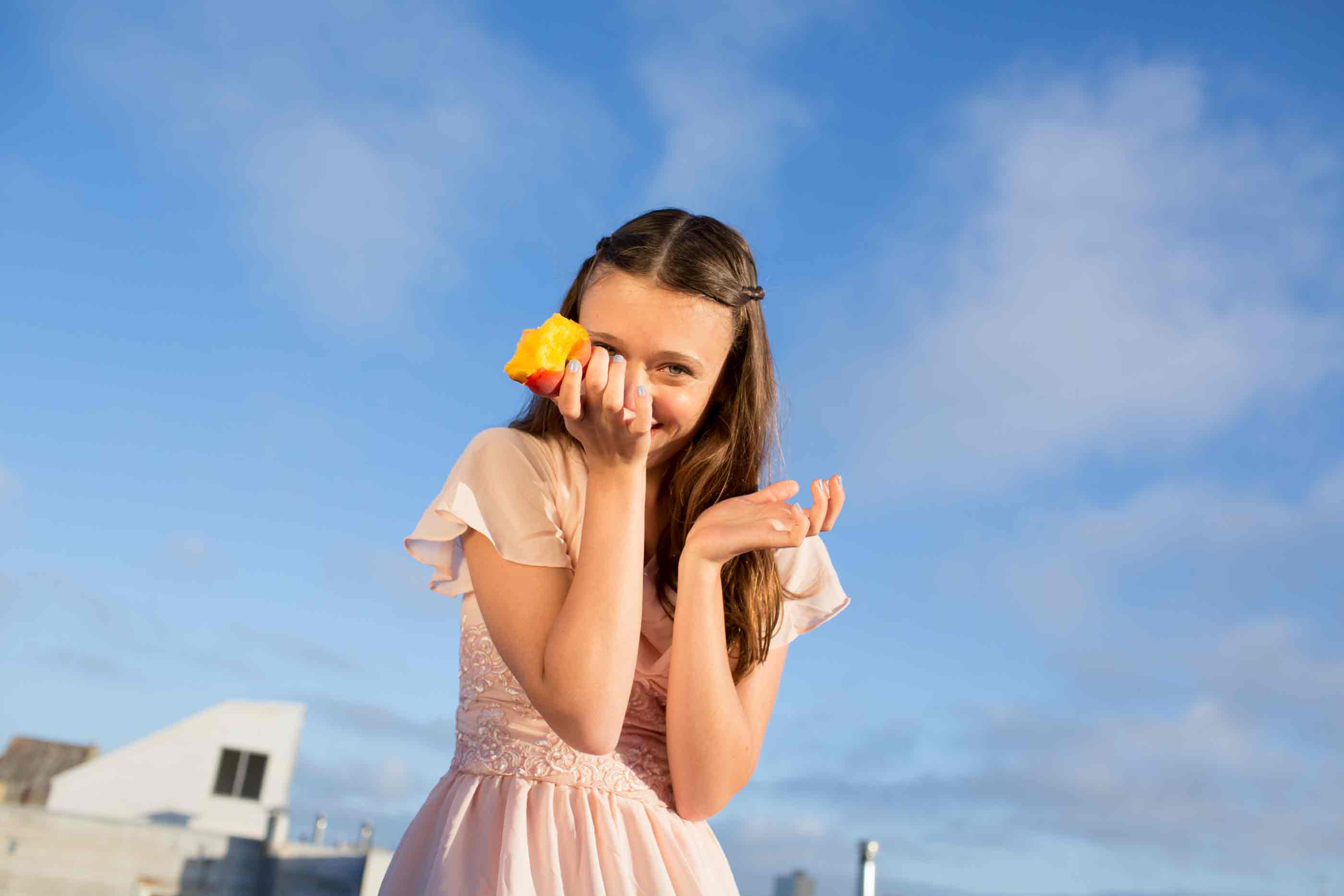
To take a question from one of my favorite writers: does shooting photography help make the anguish of life more bearable?
Yes, yes. This might be one of the best examples of why I photograph. Prior to photography, my eccentricity served me little use other than making me feel like an odd duck. I gathered neuroses, anxieties, and other things that never helped me get ahead. The worst part is realizing that it was fated to exist inside me, and there it sat, doing nothing other than increasing my sensitivity so that it all felt like too much and yet too little. Anxiety isn’t charming. So what to do with it? I am flawed. Photography offers me a way to make what feels like a burden into a virtue. It can communicate to others what I can’t. Words are so fixed and definite, and images are too, but images allow for room to interpret, to get at a state. The best thing about my work is when someone says,“I get it”, and I think, finally, I’m not so alone.
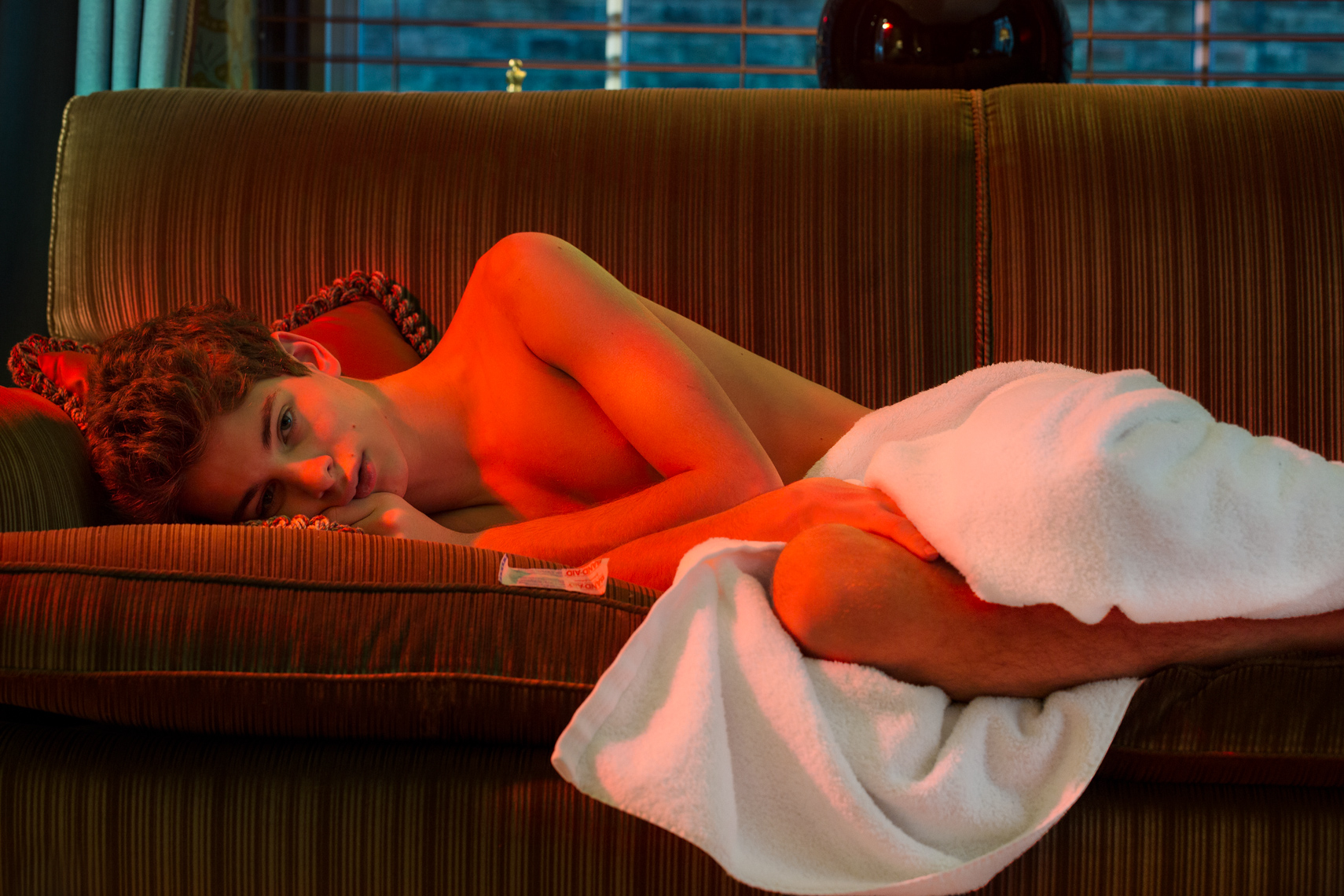
Did you ever feel like giving up? Were you ever unsure of your talents?
All the time. But only because of ego; fear of rejection, concerns that I don’t have something unique to say, worries about funding any ideas I do have. I have to remind myself that photography is not like ballet. That the fear of failure, while overwhelming, can be put aside if I remember the reason I began photographing. It’s to have a voice. While this voice may not always be recognized or even liked, there is always that pursuit to more fully realize what is means to visualize something that speaks to me. In the end, that remains the root of my work. It’s very hard not to get down yourself: you see your friends getting accolades, doing things you don’t do, excelling, and suddenly you feel so small again. Photography was the first thing I pursued independent of my family. Unlike with dance, taking pictures was solely mine because early on my family, since they were subjects of the work, did not know what to think. At one point, they thought I wasn’t particularly good and even thought that perhaps I was being narcissistic. This was out of love, out of concern about the larger picture (figuratively). But it hurt to not have them believe in me, yet ultimately, it’s the first thing I felt compelled enough in, whether I was good or bad, to pursue. I wanted to learn more. I wanted to understand this art. When I get too wrapped in the things I am not doing “properly,” I try to remember that it’s never about being good. It has to do with being free. I now use photography as a tool to deal with the vices and virtues of expectation. I am starting to take the self-consciousness that made me weak in the past, and still continues to impact me, to speak up about my relationship to it. Now I can make work that begins to teach me how we learn “appropriate” ways to behave or look or act and to actively question what we give up in the process. What does it mean to subvert an ideal?
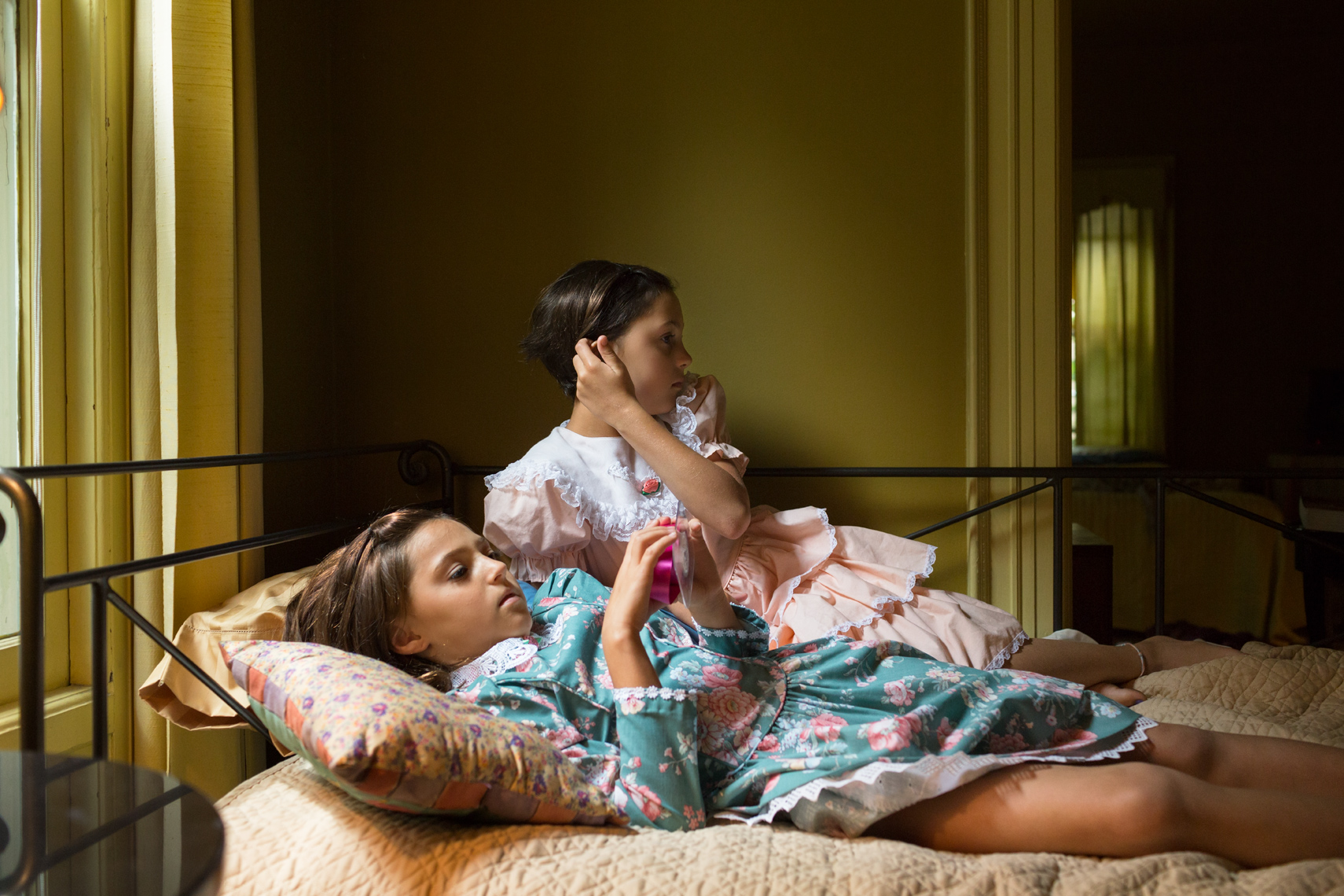
What are you interested in capturing when taking a portrait? What do you like to connect with?
I want to be surprised. I want to see something genuine. I want a moment that I couldn’t have planned. So much of the work falls to chance, made not out of certainty but necessity. My work is largely improvisational. When I photograph, I want subjects who can be open to exploring. That said, I have always felt my weakness was in this improvisational method, only because it feels like so much of the work is up to the subject, or chance, or the right elements coming together at the right time. But here again is that idea that there’s only one way you’re “supposed” to make work. Quite honestly, though, I desire a connection with my subject. I want them to have a voice in the process, to share their thoughts. That honesty usually wins out over any performance.
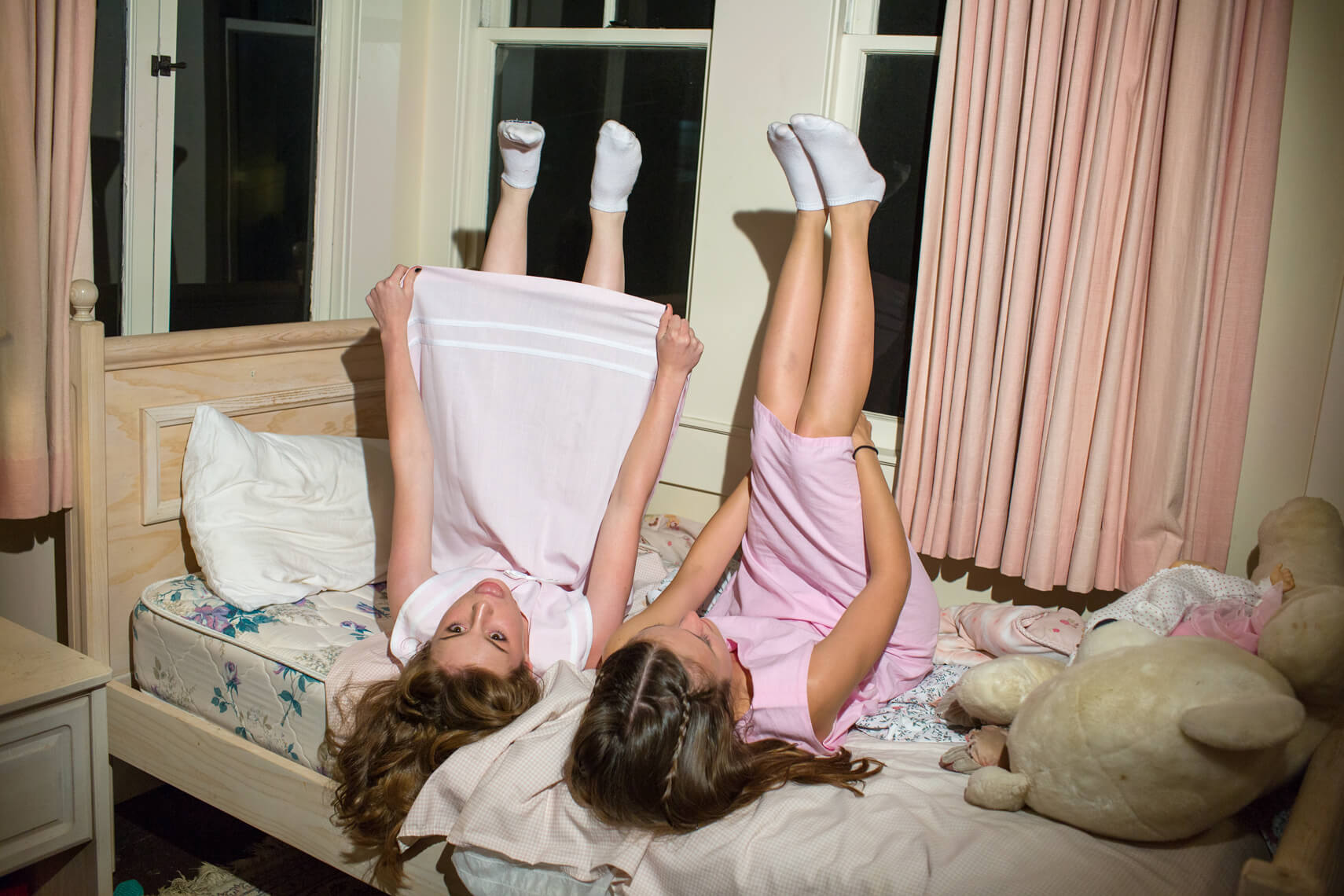
Have you ever been uncomfortable when shooting one? I don’t mean uncomfortable with the technical process but with the idea of it. If so, what made you uncomfortable?
Technically, I am uncomfortable most of the time. I know that’s not the question, but fear there can lead to a feeling of insecurity. Every time I shoot I am uncomfortable. I feel responsible for the subject, for making sure they are comfortable, for keeping the location as I found it. I feel uncomfortable when the subject is visibly uncomfortable, when they can’t let loose and be. I am uncomfortable when people get stiff, when they don’t move, when I’m trying to figure out how to get something from them. I am maybe too aware of my subjects and their level of comfort. I actually think at times this gets in the way of making the work I want because I am afraid to ask for things, afraid that the subject will judge me or feel uncomfortable. That being said, I love when something gives me discomfort when I’m shooting. It’s the thing that happens when shooting with a mixture of chaos and control. Many of the ideas I have are strange or dark. In the future my goal is to find subjects who inspire me and enjoy performing and sharing themselves. I’m naturally drawn to contradictions, to what is out of place, to the thing that subtly subverts, and when that happens, I feel uncomfortable because I am unsure about what I am seeing and therefore feel a sense of conflict. Ambiguity and contradiction speak to me because they are inherently uncomfortable, and this discomfort is what I find myself wanting to explore.

All images © Isabel Magowan. See her website here.
Save
Save
